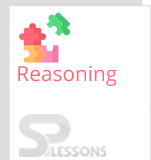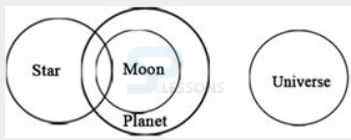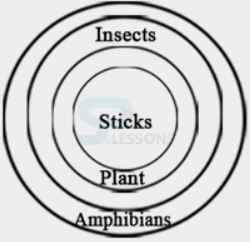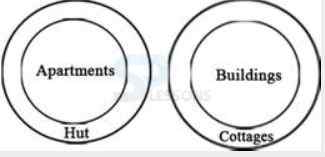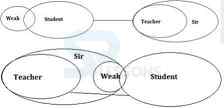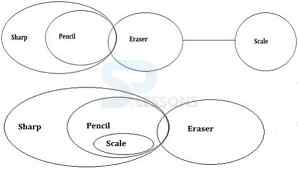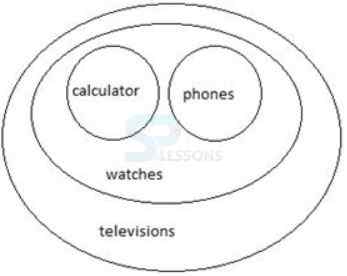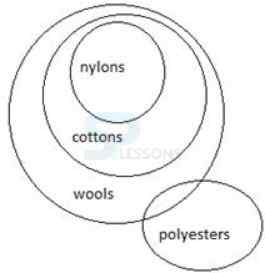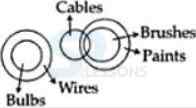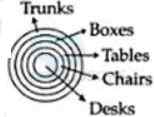 Introduction
Introduction
What is a Syllogism?
A syllogism is a deductive argument relating two premises and a conclusion, all of which are quantified propositions, i.e. propositions joining concepts by using words such as ‘some’ and ‘all’. In simple terms, Syllogism is a deductive argument that is primarily composed of 3 propositions. One of the propositions is used as the conclusion of the syllogism and the other two propositions are used as the premises of the syllogism. Deductive Logic is used to derive conclusions from premises where the truth of the conclusion must always be contained in the truth of the premises. Syllogism Practice Quiz 6 presents Syllogism questions with solutions useful for candidates preparing for different competitive examinations like RRB ALP/Technical Exams/Junior Engineer Recruitment Exams, SSC CGL,SSC CHSL, IBPS, SBI PO, SBI Clerks, CAT and etc.
Syllogism is derived from the Greek word syllogismos, meaning conclusion or inference. Some syllogisms contain three components:
- Major Premise
- Minor Premise
- Conclusion
 Quiz
Quiz
Direction[1-5]: In the following question, some statements are followed by some conclusions. Assuming the given statements to be true, find which of the following conclusions follow the given statements and choose appropriate answer choice.
1. Statements:
Some stars are moons.
All moons are planets.
No planet is universe.
Conclusions:
I. At least some planets are stars.
II.No moon is universe.
- A. Only conclusion I follows
B. Only conclusion II follows
C. Either conclusion I or conclusion II follows
D. Neither conclusion I nor conclusion II follows
E. Both conclusion I and conclusion II follow
- A. Only conclusion I follows
B. Only conclusion II follows
C. Either conclusion I or conclusion II follows
D. Neither conclusion I nor conclusion II follows
E. Both conclusion I and conclusion II follow
- A. Only conclusion I follows
B. Only conclusion II follows
C. Either conclusion I or conclusion II follows
D. Neither conclusion I nor conclusion II follows
E. Both conclusion I and conclusion II follow
- A. Only conclusion I follows
B. Only conclusion II follows
C. Either conclusion I or conclusion II follows
D. Neither conclusion I nor conclusion II follows
E. Both conclusion I and conclusion II follow
- A. Only conclusion I follows
B. Only conclusion II follows
C. Either conclusion I or conclusion II follows
D. Neither conclusion I nor conclusion II follows
E. Both conclusion I and conclusion II follow
Direction[1-5]: In the following question, some statements are followed by some conclusions. Assuming the given statements to be true, find which of the following conclusions follow the given statements and choose appropriate answer choice.
1. Statements:
All teachers are sir.
No teacher is a student.
Some students are weak.
Conclusions:
A) All weak being teacher is a possibility.
B) All weak being sir is a possibility.
- A. Only B follows
B. Both follows
C. Only A follows
D. Either A or B follows
E. Neither A nor B follows
- A. If Only A follows
B. If Only A follows
C. If both A and B follows
D. If either A or B follows
E. None of these
- A. If only conclusion A follows
B. If both conclusion follow
C. If either conclusion A or conclusion B follows
D. If only conclusion B follows
E. If neither conclusion A nor B follows
- A. Only conclusion I follows
B. Only conclusion II follows
C. Either I or II follows
D. Neither I nor II follows
E. Both conclusions I and II follow
- A. Only conclusion I follows
B. Only conclusion II follows
C. Either I or II follows
D. Neither I nor II follows
E. Both conclusions I and II follow
Direction[1-5]: In the following question, some statements are followed by some conclusions. Assuming the given statements to be true, find which of the following conclusions follow the given statements and choose appropriate answer choice.
1. Statements:
All calculators are watches.
All phones are watches.
All watches are televisions.
Conclusions:
I. All phones are televisions.
II. Some televisions are calculators
- A. If only Conclusion I follows.
B. If only Conclusion II follows.
C. If either Conclusion I or Conclusion II follows.
D. If neither Conclusion I nor Conclusion II follows.
E. If both Conclusions I and II follow.
- A. If only Conclusion I follows.
B. If only Conclusion II follows.
C. If either Conclusion I or Conclusion II follows.
D. If neither Conclusion I nor Conclusion II follows.
E. If both Conclusions I and II follow.
- A. If only Conclusion I follows.
B. If only Conclusion II follows.
C. If either Conclusion I or Conclusion II follows.
D. If neither Conclusion I nor Conclusion II follows.
E. If both Conclusions I and II follow.
- A. None follow
B. Only I and II follow
C. Only II follows
D. Only III follows
E. Only IV follows
- A. Only I, II and III follow
B. Only I, II and IV follow
C. Only II, III and IV follow
D. All follow
E. None of the above
